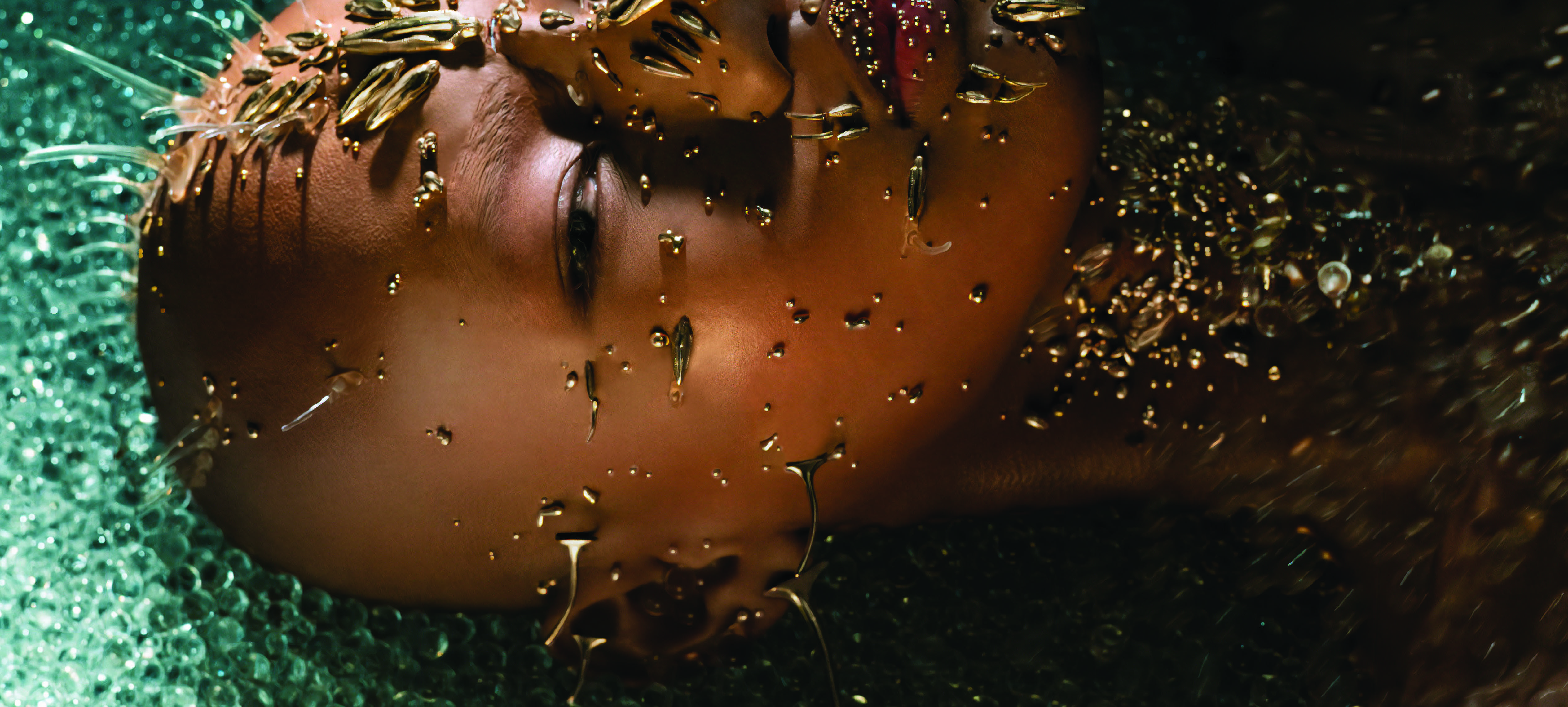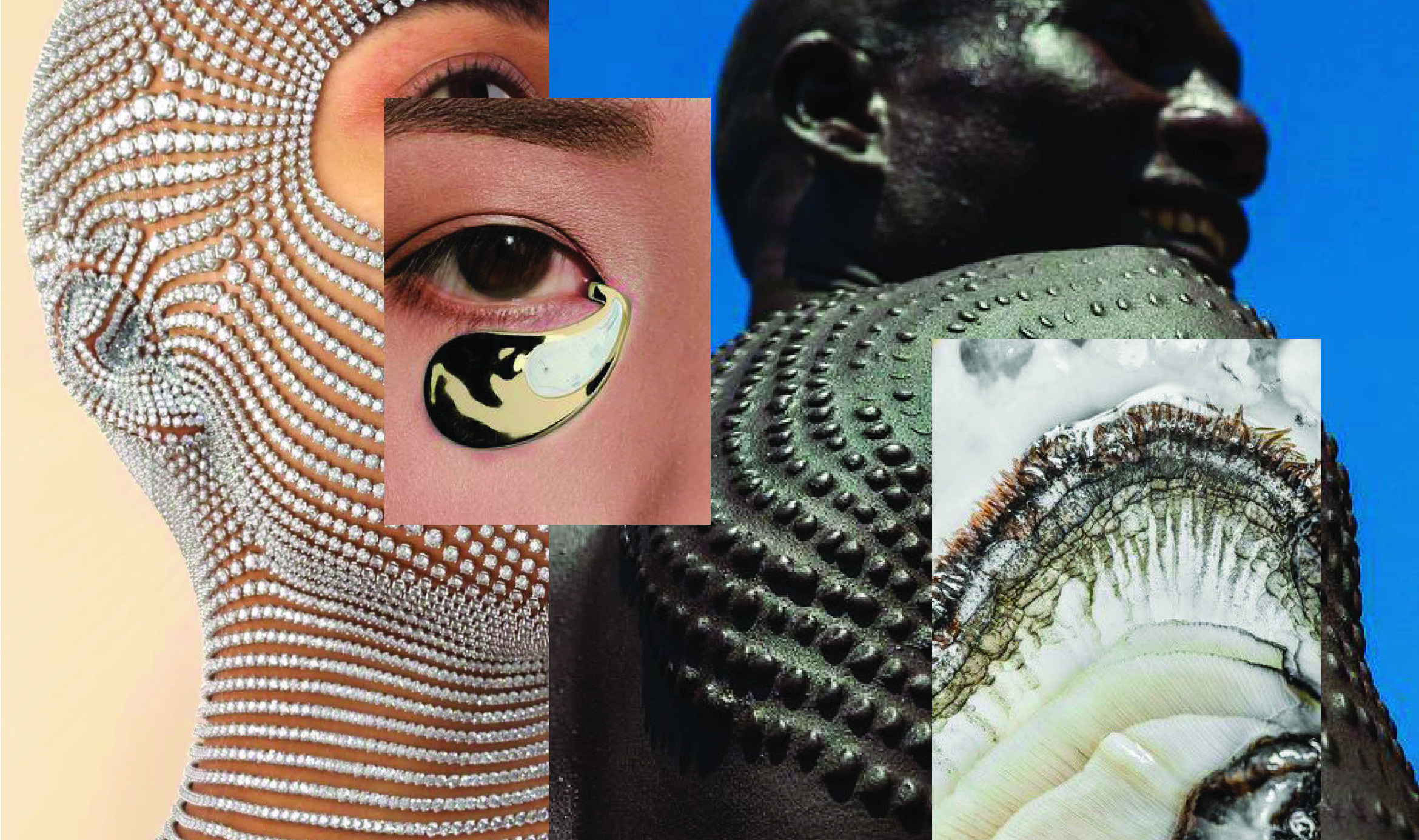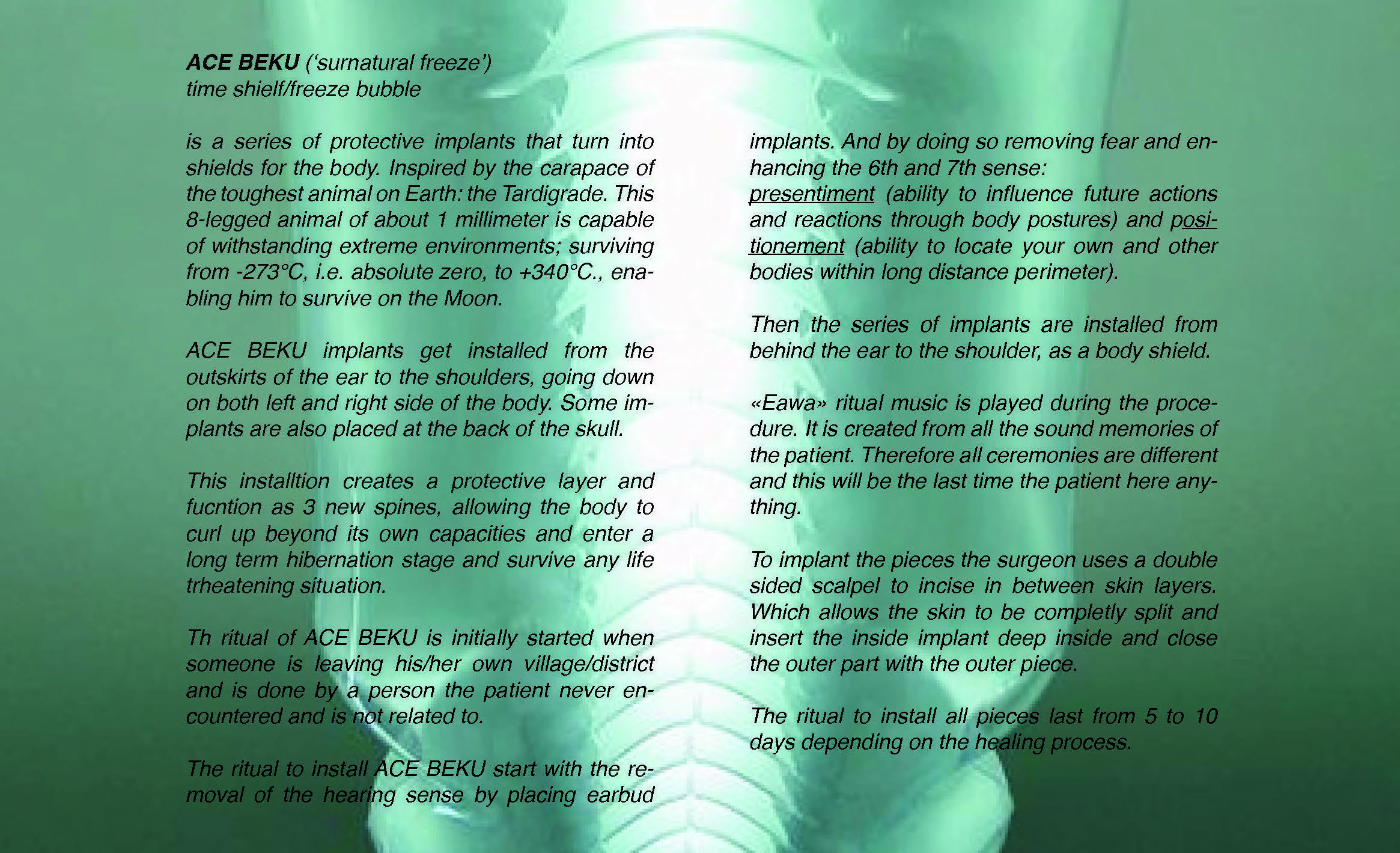Between Indigeneity and Futurism through Jewellery Design with NAULA Studio by Loan Favan
In a New Caledonian dialect, Naula can be translated into “embers”; that red hot, smoldering solid fuel you can see sitting in the fire. “It's what fuels a fire and I thought, art is my passion. It sounds so cliché but art is what brings you to life,” Loan chuckled. Naula Studio is a Bali-based jewelry brand by Indigenous New Caledonian jewelry designer and artist, Loan Favan. While they do have pieces that can be considered more “commercial”, their more artistic and conceptual pieces never fail to captivate. With critically acclaimed collections and pieces exhibited at the Design Museum Den Bosch, Netherlands, Naula Studio toes the line between jewelry and wearable art with Loan’s indigenous Pacific heritage at the heart of her practice.
Loan first forayed into the world of jewelry design through a metalworking workshop in her university years at the Design Academy of Eindhoven, Netherlands. She explained, “In the school I was [at], we had access to all the workshops; there was metal, there was wood, there was plastic, textiles, anything. The very special thing about this school was you could visualize your concept in any kind of media and form. So I tried to hop onto each of the workshops because I was very handy and then I don’t know. I kind of fell in love with metal. At the beginning I was welding bigger structures; making tables for my presentation. The thing that I like with metal is that it gives such a precious aspect to an object. It really elevates it to another rank of like, ‘Whoa! This is precious. This is expensive!’”
Loan continued to develop her craft throughout university, even seeking classes beyond the campus walls as her university did not offer classes specifically in jewelry making or gold-smithing. Further honing her practice, she also interned at New York-based jewelry brand, Chrishabana. Following her graduation, Loan went on to open NAULA Studio. NAULA studio began, like many up and coming jewelry brands, with an Instagram page during her university days. “You know like, ‘DM to order!’ It starts off like this. You have this thing and then friends would say, ‘Oh, I can help you make a website!’ and I said, ‘Okay, let’s make a website!’” Naula chuckled.
Officially established in 2020, it’s evident that NAULA Studio has been heavily informed by Loan’s indigenous background. It is at the very heart of the brand. “With my brand I really try to pay tribute to my origins, and like where I’m from and [my] traditional ancestral knowledge…I want to dive into it with my work to give it a future. Because sometimes it’s a voice that is less [prevalent] in the Western world and [I want to] try to amplify it, let’s say, and give it more space.” This influence is especially poignant in the conceptualisation behind her pieces.
She explained that for her more artistic pieces, her conceptualisation process is mostly intuitive. “I think of it as a story,” she remarked. “[For example,] in New Caledonia we think that the spaces have a spirit, they’re alive. But then [if] the water rises, what will happen to the spaces? Can they migrate into objects? Into other forms? Because once they’re underwater, they’re dead. So can they go into another body? This is how my process starts. [I think] ‘Okay, let’s look into [these] spaces. So, what are the characteristics, the functions? Then, I will begin the research phase, looking into shapes and [other] things, and then I will translate that into jewelry,” Loan elaborated.

You can see clear evidence of this influence in projects like NGEI (2022). Meaning “later in the future” in Nengone, a language of the Loyalty Islands, New Caledonia, the collection is driven by the urge to preserve indigenous knowledge and artifacts. Inspired by Kanak artifacts, pieces in the NGEI collection envisions these artifacts and influences in a futuristic setting—something rarely afforded to indigenous cultures, artifacts, and traditions. “For NGEI, I was looking through books on New Caledonia and thought ‘Wow, those artifacts are super beautiful but what will happen to them?’ We have this thing, and I think it’s the same in Indonesia, it’s really hard to touch [artifacts] because it’s sacred but at the same, it has to evolve [along] with us. So, that was a problem,” Loan explained.
“So, the idea was to make a kind of modernized version of those artifacts…and to superpose those two artifacts; the ancestral version and my kind of futuristic version to open a conversation about the past, the present, and the future. and see how they can correlate…Looking into the artifacts themselves; What is the meaning? The composition? What [does] each detail, coloring, and shape mean? What do I need to take back into my design? [From there,] then I create another story for the futuristic version,” Loan elaborated. Consisting of three monumental jewelry pieces; CĀC (Kanak for ‘spear’), SHEGU (Kanak for ‘to warm up next to the fire’), and NINEN (Nengone for ‘respect’) along with a set of wearables, the line imagines the passing down and evolution of Kanak traditions in the form of jewelry, giving life to new tribes over the coming centuries.
“The conceptual idea behind NGEI was really about paying tribute to my island through looking back at the artifacts and giving them a new life or trying to propel them into the future,” Loan continued. “And just opening a conversation because I feel like in indigenous communities sometimes it’s so hard to have a conversation of, ‘Okay, what could [the artifact] be? Can we touch it or not? How sacred is it?’ The legitimacy of working on it.”
Coincidentally, NGEI resulted in the commission and creation of the TANEM FUJIA (2023) collection by the Design Museum Den Bosch, Netherlands. “When I was crowdfunding for NGEI, I was of course reaching out to all the people I knew; important people, curators, et cetera, et cetera. [As I was] reaching out to these people, I also reached out to the curator of this design museum who had previously bought my graduation jewelry collection and he was super interested in the project. Basically he just called me one day and he pitched my work at the board of the museum because they had this grant for artists. So, TANEM FUJIA was commissioned by the museum.”
Loan’s work has been exhibited at Den Bosch prior to this; her ALLIAGE -Cu29Zn30 collection was showcased as part of the Bodydrift – Anatomies of the Future exhibit in 2020 and is now part of the permanent Den Bosch collection exploring ‘trans-humanism’; the notion of future improvements and changes to the human body. TANEM FUJIA, meaning ‘exchanging future’ in Bichlamar, the local language of Vanuatu, was inspired by small creatures and explores the future of scarification rituals. “I was really fascinated by body modification. So, in Vanuatu they do this scarification where the skin looks like [that of a] crocodile, the back. It’s a ritual actually. A [coming of age] from boys to becoming men. So you endure this pain, gain the crocodile skin, and you acquire its power. You become strong, powerful, masculine; you’re a man! You’re a hunter and a warrior,” Loan explained.
She continued to ponder how, with the advancement of technology, scarification would change and transform. For her, the ritual is still much more spiritual. “What would the future of scarification look like? Will we still do it? Why? And what kind of power will you gain from that?” Loan questioned. She then posed that in her futuristic world, what if scarification was done to become eternal or immortal? After looking towards nature and creatures as a reference, TANEM FUJIA is a collection of ritualistic ornaments reminiscent of futuristic implants that poses three looks imbued with Loan’s three modes of regeneration that point towards immortality.
The first, PLANEM RUS, meaning ‘growing roots’, was inspired by the asexually reproductive Planarian which are able to regenerate body parts and when split lengthwise grow to become two entirely unique individuals. The second, LAEF OLBAOT, meaning ‘alive everywhere’, was inspired by the 8-legged tardigrade capable of withstanding extremely cold temperatures. Lastly, BON BAKEGEN, meaning ’born again’, was inspired by the Turritocis nutricula or the ‘immortal jellyfish’. The collection also points toward the question of the generation of individual souls in this new world of reproduction. “I want people to understand that it’s a ritual. There’s a story behind each [piece]. I tried to not only visualize the look but also the rituals behind each look and the tools associated with those rituals,” Loan stated. TANEM FUJIA is still on display at the Dan Bosch until June 23, 2024.
NAULA is a clear labor of love on Loan’s part. It is carefully imbued with her experience as an indigenous woman of the Pacific islands. “New Caledonia is still a colony,” she started to explain. “We still speak French in school, we learn the French curriculum. So for me, this kind of work is actually [a way of] trying to go back to my roots. Trying to understand and learn what I didn’t learn at school. It’s so precious and I think these indigenous cultures are so powerful and so real and authentic. For me it has a space in the future and it should not just stay as something that nobody touches because it’s so sacred that it dies out. I think it’s both a personal goal of mine to dive back into my roots. It’s also, more broadly, for example, I’m trying to dive deep into the cultural [history] of Bali and Indonesia. [From that] you can understand so much about people, about life, about [the] Earth, when you go back to this older, ancestral knowledge. So of course I want them to [last into] the future! I don’t want them to disappear. It’s also kind of just my style to have this dystopian, futuristic look.”
Along with further developing the art of NAULA Studio, Loan is also actively contributing and supporting art education in New Caledonia, conducting workshops at schools like the Jules Garnier, Lycée Lapérouse, and the School of Design. On her plans going forward; Loan remarked, “I’m also working on a new big collection. So, I’m trying to work on getting funding and work on new proposals while of course developing the wearables. What I like to do with the wearables is challenge what we call jewelry. I have pieces that need to be glued on so this is now becoming hybrid where this is now no longer conventional jewelry but more so wearable art jewelry. I would also like to make something inspired by Indonesia so let’s see! Yeah, just challenge jewelry on a daily basis.”





























